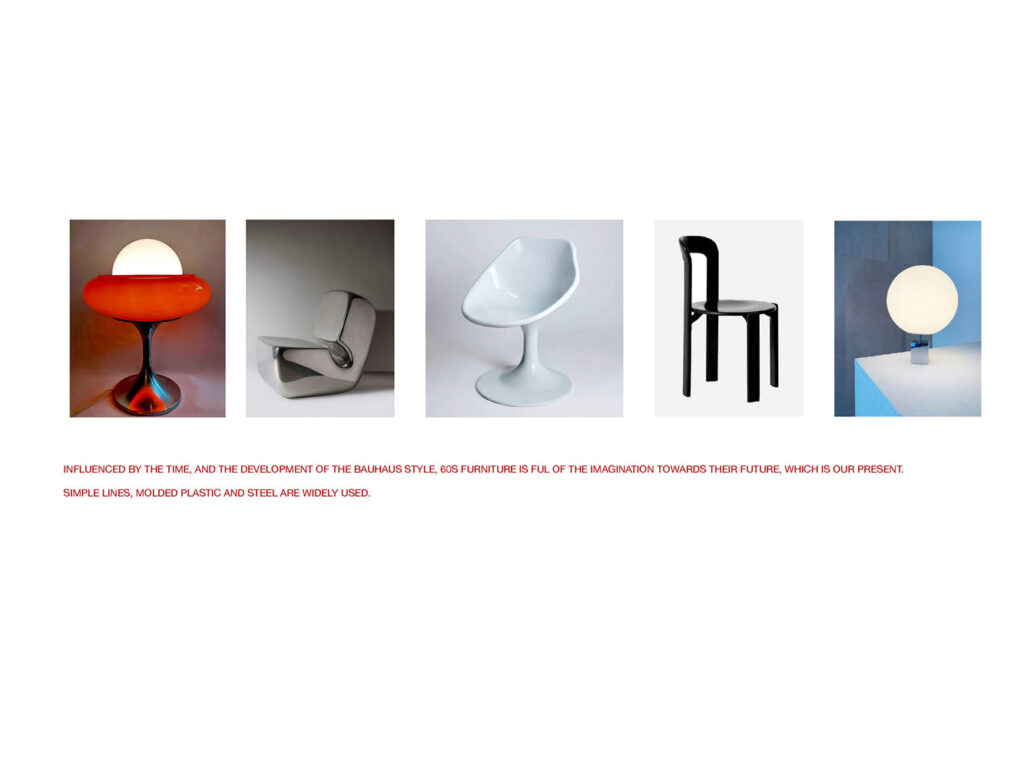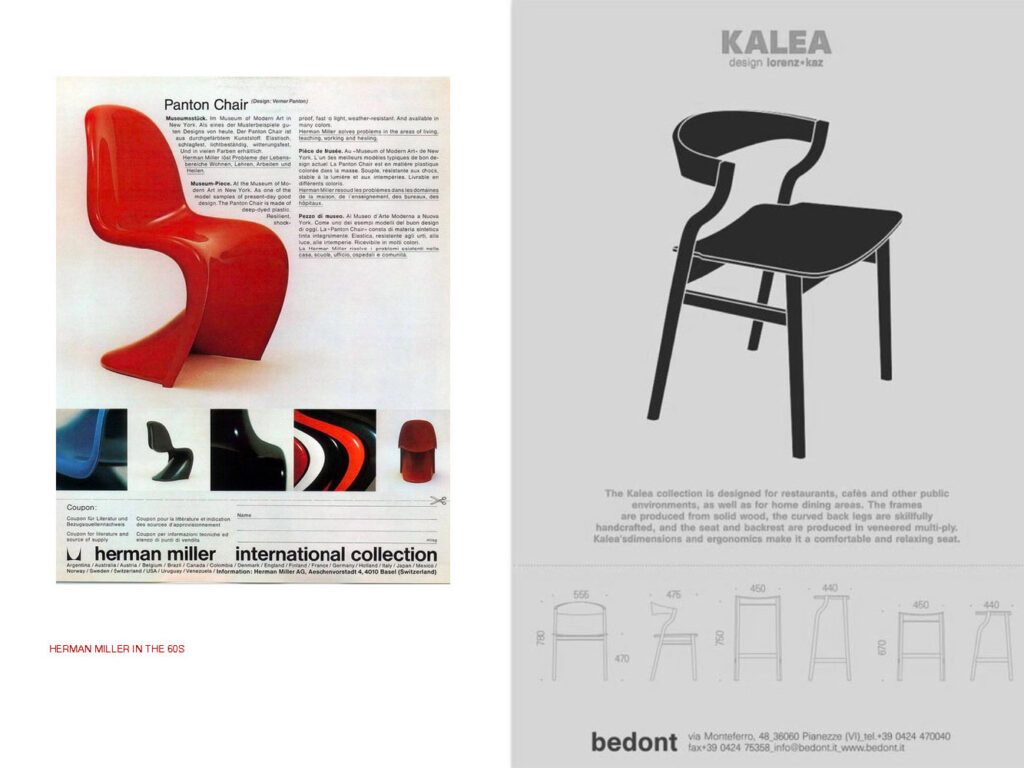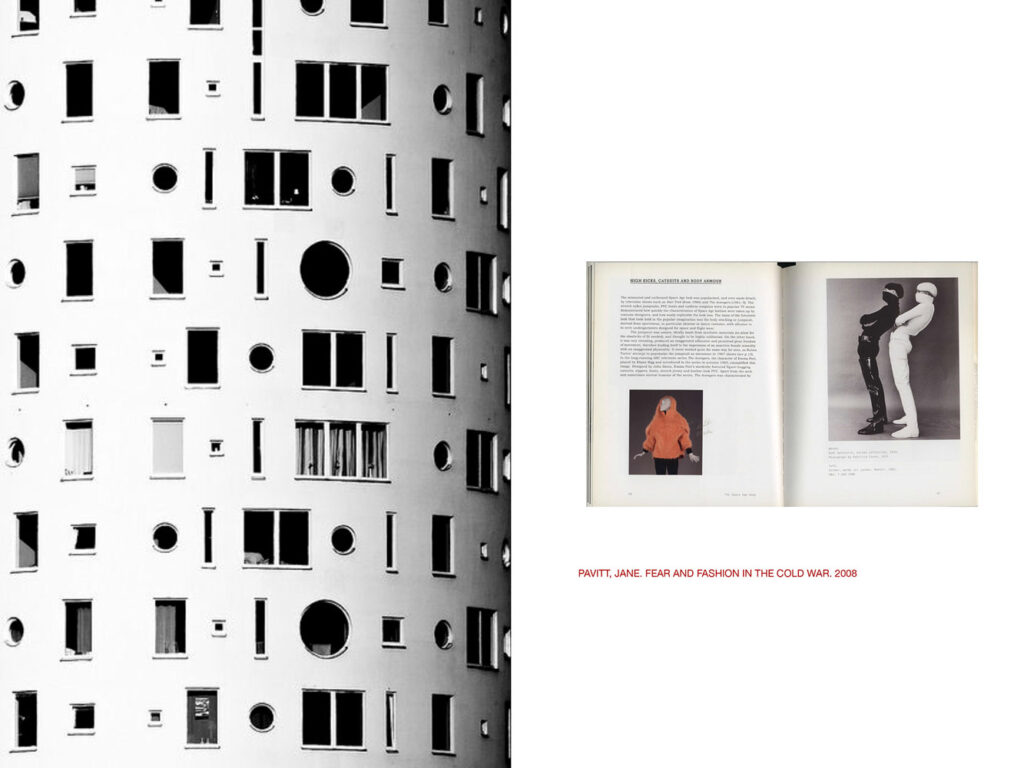In the ever-evolving realm of fashion and design, where trends come and go, New York-based graduate Jingyi Xu stands out with her distinctive commitment to the silhouette. A graduate from the Fashion Institute of Technology, Xu’s design philosophy revolves around a “rigid commitment to the silhouette,” recognizing its pivotal role in creating impactful and memorable designs. In her own words, “a well-defined outline forms the basis of impactful design.”
This commitment to silhouette shapes Xu’s creations, influencing the forms and structures in her designs. In an era flooded with information, where the first impression matters, she emphasizes the significance of a standout silhouette. It goes beyond mere aesthetics; it is about infusing each design with a burst of creativity, ensuring that every piece tells a unique story.


In her pursuit of redefining traditional fashion norms, Xu masterfully navigates the delicate balance between playful perspectives and functionality. The challenge lies in making designs both fun and wearable simultaneously. She believes in finding harmony between playfulness and functionality, acknowledging that the two can coexist seamlessly. Xu’s approach involves breaking free from conventional norms while ensuring that the designs remain enjoyable, inventive, and, most importantly, wearable.

Inspired by the Bauhaus movement, Xu’s designs embody the principles of form, texture, and functionality. The Bauhaus philosophy, which emphasizes the combination of machine and design, serves as a wellspring of inspiration for Xu. Her aim is to create pieces that look machine-made, yet with unexpected elements that render them truly unique. “I aim for a machine-made look with unexpected elements, creating a unique fusion,” she explains.
Central to her exploration is the incorporation of metal in furniture design, a nod to the Bauhaus movement’s innovative use of materials and forms. Marcel Breuer’s pioneering work with tubular steel, notably the iconic Wassily Chair, challenged traditional design paradigms, merging artistic ideas with industrial production methods. For Xu, this fusion of artistic vision and industrial processes is a testament to the transformative power of design.
As part of her project, Xu draws inspiration from Isaac Asimov’s “The Elevator Effect.” This exploration delves into the compression of space and time, challenging perceptions and offering new perspectives. The essay’s reflection on how our ideas of the future may differ from reality prompts Xu to focus on the overlaps between imaginative concepts and the real world. This macro-level perspective becomes instrumental in shaping the narrative of her collection.

To infuse her designs with unexpected elements, Xu turns to the exploration of movies and old ads from the 1960s envisioning the future. This comparative analysis between past predictions and present realities provides her with a nuanced understanding of the evolving nature of design. “Because the movies and the old ads were trying to depict their future, which is our present. So it’s convenient for me to compare the two and accurately find the similarities and differences,” she explains.
One of the distinctive aspects of Xu’s project is the first use of metal in furniture design, particularly the challenges encountered while upcycling steel tubes. She initially faced difficulties upcycling old chairs of different sizes, leading to a pivot toward steel tubes. Collaborating with a factory to bend the tubes according to her design, Xu overcame challenges, bringing an industrial edge to her creations.

Quoting her thoughts on the challenges faced during this process, she shares, “I encountered challenges while attempting to upcycle my old chairs. Because they are in different sizes, it’s difficult to find two parts that work together. So consequently, I pivoted to upcycling steel tubes. I collaborated with a factory to bend the tubes according to my design.”
The unexpected element in Xu’s machine-made designs lies in the fusion of a chair’s silhouette with the functionality of a wearable dress. This unconventional approach adds a layer of uniqueness to each piece, pushing the boundaries of traditional fashion norms. It’s a testament to Xu’s ability to seamlessly blend creativity with wearability, finding that sweet spot where innovation and functionality coexist.


In the context of the Bauhaus movement, Xu finds inspiration in the movement’s emphasis on combining machine and design. Reflecting on this, she notes, “I find inspiration from the innovative use of metal in furniture design reflected the fusion of artistic ideas and industrial production methods.” The incorporation of metal into her designs serves as a homage to the Bauhaus philosophy, challenging conventional norms and pushing the boundaries of traditional materials in furniture creation.
Jingyi Xu’s design journey is a testament to her commitment to pushing boundaries and redefining norms. Drawing inspiration from diverse sources – be it the Bauhaus movement, Isaac Asimov’s thought-provoking essays, or the futuristic visions of old movies and ads – Xu creates a narrative that transcends time. Her fusion of machine-made aesthetics with unexpected elements and her exploration of compressed space and time contribute to a collection that is not just fashion-forward but conceptually rich. Jingyi Xu’s designs are an invitation to explore the intersection of imagination and reality, a space where timeless innovation takes shape.
To see more of Xu’s work, visit her instagram here.



